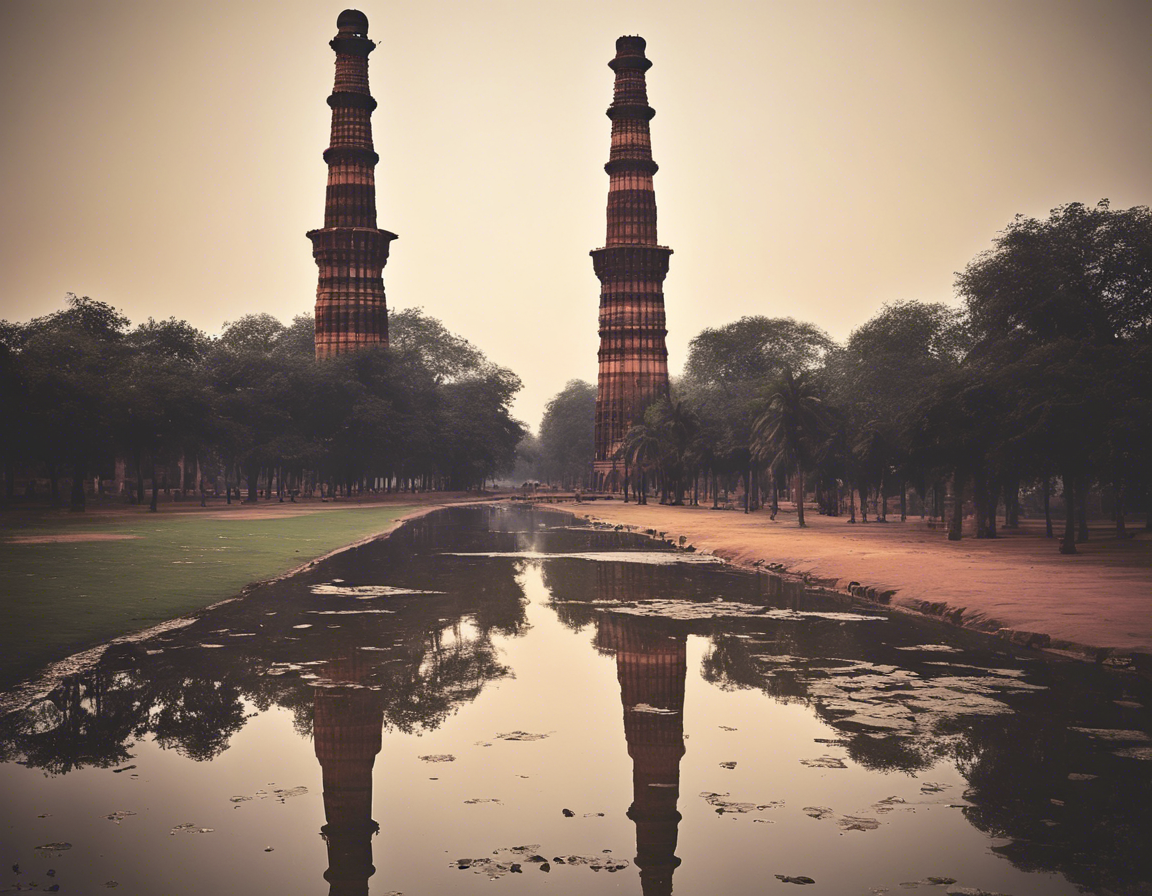Nestled in the bustling city of Delhi, India, lies the magnificent Qutub Minar, a UNESCO World Heritage Site and one of the most iconic structures in the country. This soaring tower stands tall at a height of 73 meters, making it the tallest brick minaret in the world. With its rich history, intricate architecture, and cultural significance, a visit to Qutub Minar is a journey through time that offers a glimpse into India’s illustrious past.
History of Qutub Minar
The construction of Qutub Minar was initiated by Qutb-ud-din Aibak, the founder of the Delhi Sultanate, in 1193. The construction was completed by his successor Iltutmish. The tower was built as a symbol of victory to celebrate the Muslim dominance in Delhi after the defeat of the last Hindu kingdom. The complex also houses an Iron Pillar that dates back to the 4th century, known for its rust-resistant composition.
Architecture and Design
Qutub Minar is a masterpiece of Mughal architecture, showcasing a blend of Indo-Islamic design elements. The five distinct storeys of the minaret are adorned with intricate carvings and inscriptions from the Quran. The first three storeys are made of red sandstone while the last two are constructed with marble and sandstone. The minaret’s tapering design and balcony at the top provide a stunning view of the surrounding landscape.
Significance of Qutub Minar
Beyond its architectural grandeur, Qutub Minar holds immense historical and cultural significance. It symbolizes the beginning of Islamic rule in India and the dominance of the Delhi Sultanate. The complex surrounding the tower houses several other ancient and medieval structures, such as the Quwwat-ul-Islam Mosque and the Alai Darwaza, adding to its historical importance.
Visiting Qutub Minar
When visiting Qutub Minar, travelers can explore not only the tower itself but also the surrounding complex that houses various other architectural marvels. It is advisable to allocate sufficient time to fully appreciate the intricate details of the minaret and the historical significance of the site. Guided tours are available for a more in-depth understanding of the complex and its history.
Preservation Efforts
Over the years, efforts have been made to preserve and protect Qutub Minar and its surrounding structures. The Archaeological Survey of India (ASI) has been instrumental in maintaining the site and carrying out necessary conservation work to ensure that this cultural heritage site remains intact for future generations to admire and appreciate.
FAQs about Qutub Minar:
- Is Qutub Minar open to visitors for exploration?
-
Yes, Qutub Minar is open to visitors for exploration, showcasing its historical and architectural beauty.
-
What are the visiting hours for Qutub Minar?
-
The site is open from sunrise to sunset, allowing visitors to explore the complex at their convenience.
-
Are there any entry fees to visit Qutub Minar?
-
Yes, a nominal entry fee is charged for both Indian and foreign visitors to explore the site.
-
Can visitors climb to the top of Qutub Minar?
-
As a safety precaution, visitors are not allowed to climb to the top of the minaret.
-
Are guided tours available at Qutub Minar?
- Yes, guided tours are available for visitors who wish to gain a deeper insight into the history and architecture of the complex.
Exploring Qutub Minar is not just a journey through architectural brilliance but also a dive into India’s captivating history and cultural heritage. With its towering presence and intricate designs, this UNESCO World Heritage Site continues to captivate visitors from around the world, offering a unique glimpse into India’s diverse past.
